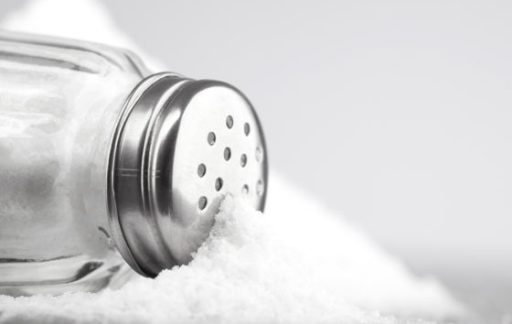When we gain weight, it’s usually a discovery that we stumble upon. Suddenly, a shirt doesn’t button up the way it used to, or a favourite and much-loved loophole on a belt seems to be a bit shy. A discovery like this is usually confirmed by stepping on a scale and, when confirmed, is confronted by the three Ds Despair, Depression and Drama.
How could you put on weight? You’ve been eating and drinking as usual and you’ve taken out the time to exercise. So how did the weight sneak up on you? Well, when it comes to weight gain, that’s really the operative word sneak.
Your weight can quietly, slyly, make its way up the scale without you even realising it because weight loss, and by that token, weight maintenance, is all about quiet, sly, maths. It takes 3,000 extra (unburned) calories to gain a pound of weight and 2.2 pounds to gain a kilo.
I’ll put this in simple words. For example, full-fat milk versus low-fat (2 per cent) milk has 30 more calories per 175 ml cup. Drink two cups of full-fat milk a day, and you are 60 calories up more than if you had low-fat milk. If those 60 calories are not burned -or are over and above what your body can burn daily -your `weight account’ slowly accumulates. Sixty extra unburned calories a day is over 21,000 unburned calories a year, which translates into a weight gain of about 3 kilos a year.
Sneaky.
Of course, full-fat milk is only an example. A dash of whipped cream in your daily latte, bingeing on the weekends, extra sev in your daily bhelpuri, could all add up leaving you dazed, confused and heavier. Every single little `extra’ adds up. But you can prevent weight gain by doing one simple thing this year. Start a food diary.
Food diaries are nothing but a written record of what you’ve eaten in the day right from the second you open your eyes in the morning to the time you retire for the night. When you note down whatever you’ve eaten and drunk during the day and have been as honest as you can, you’ll suddenly realise why, as Shania Twain puts it, `last year’s dress is just a little too tight’. In other words, if you aren’t losing weight at the pace you want to, you’ll know why. Food diaries act as both your conscience and your guide and you can alter or modify your eating patterns just by looking at your daily consumption, when needed. Diaries also help you pinpoint foods that trigger allergies or cause nausea or constipation. If you’re not feeling good, go to your food diary and you’ll know why.
While it sounds like a lot of work, in reality it just takes about 5 to 10 minutes a day. The internet is overflowing with online food diaries and apps and you can pick what suits you; or you can start a physical diary by putting pen to paper. The idea of course is not to go crazy or obsessive but to just be aware of exactly what goes into your body so that you’re always geared to be in the best shape of your life.











